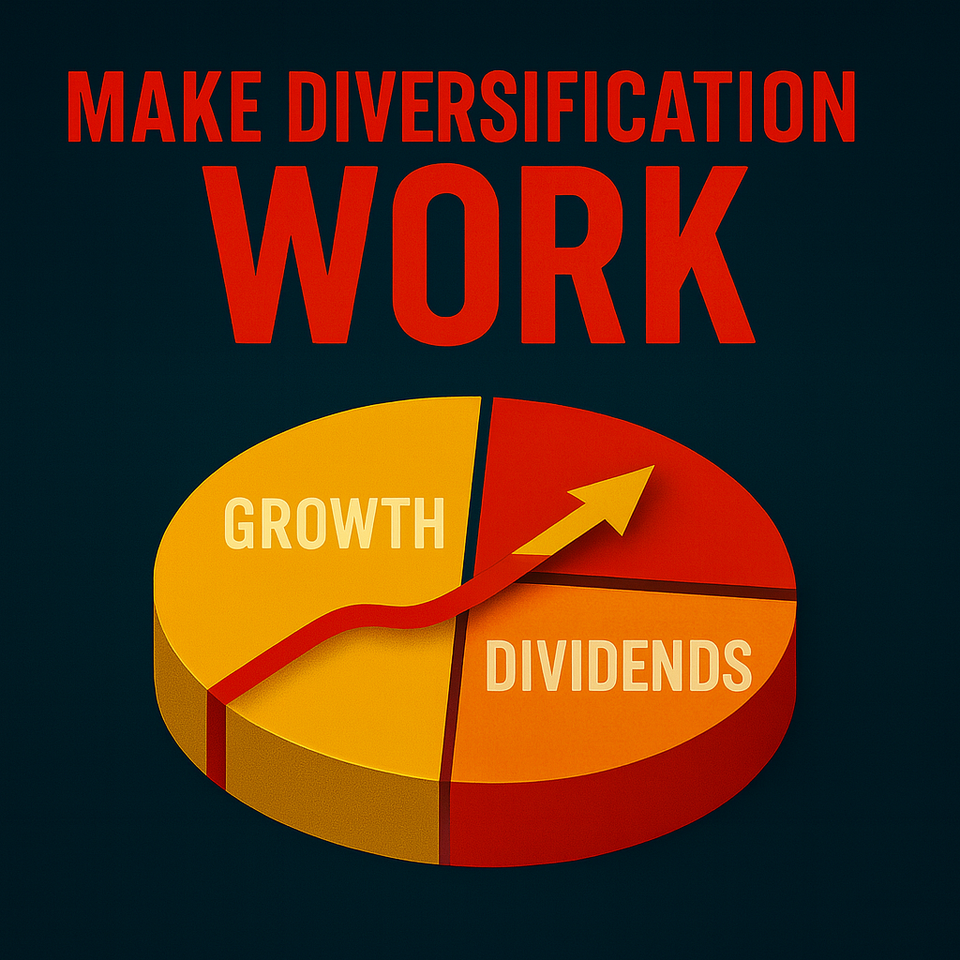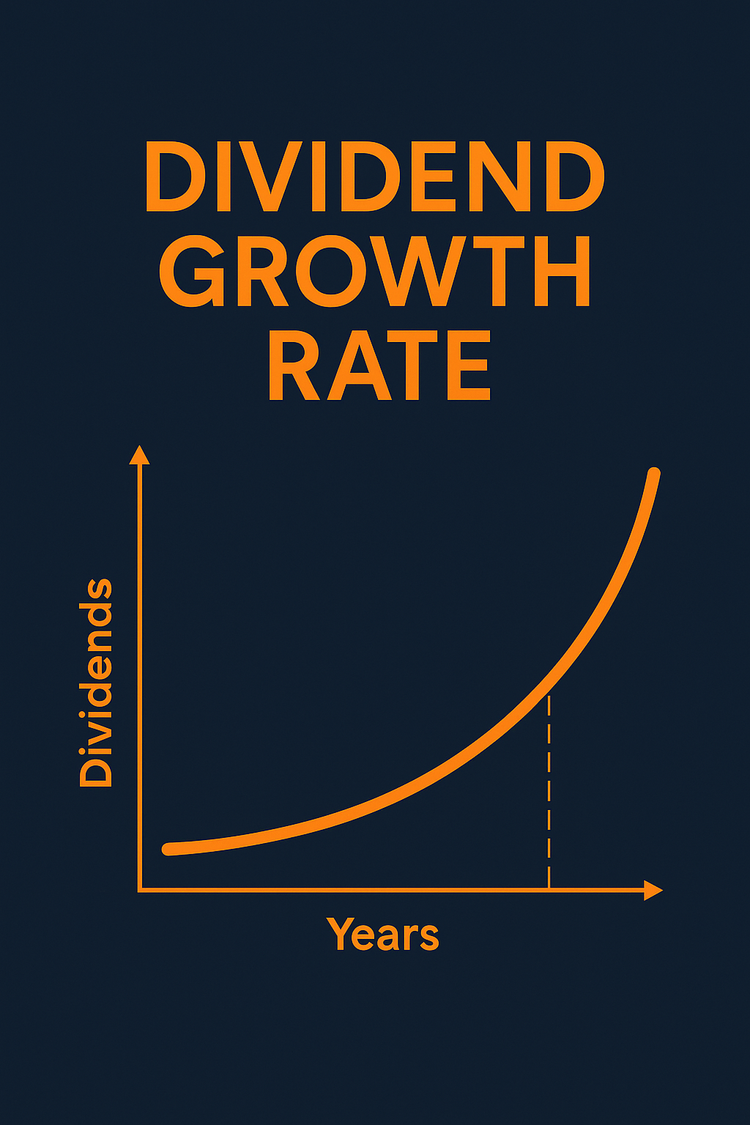How Diversification Plays Out in Real Markets

Diversification gets tossed around like a safety blanket: “Don’t put all your eggs in one basket.” Cute saying. But when markets break, it’s not cute. It’s the difference between bleeding out and surviving to fight another day.
Here’s what it looks like when theory meets reality.
Situation 1: Tech Runs Too Hot
2020–2021 felt like a gold rush. Apple, Tesla, Nvidia — every chart went vertical. If you were all-in on tech, you strutted like a genius.
Then 2022 hit. Rates spiked, inflation bit, and the Nasdaq cratered 30%. Portfolios that looked untouchable were suddenly smoking wrecks.
Who didn’t panic? The investor who also held some dividend stocks, healthcare, or boring old utilities. Their portfolio bent — but it didn’t break.
The gut check: Don’t confuse a hot sector with a complete portfolio — that’s how you end up diversifying wrong.
Situation 2: The 2008 Financial Crisis
Housing imploded. Banks collapsed. Credit froze. If you were heavy in financials, you lost half your wealth. Some lost everything.
But if you had bonds in the mix, or defensive sectors, you had a lifeline. Treasuries went up while Wall Street burned. You still bled — but you didn’t die.
The gut check: Diversification doesn’t erase pain. It makes pain survivable — even in a brutal recession.
Situation 3: COVID Crash 2020
Markets fell 35% in weeks. Everything was red. For a moment, diversification looked useless.
But the recovery wasn’t equal. Tech snapped back like a slingshot. Airlines and energy limped for years. If you were diversified, you didn’t have to pick the winner — you already owned it.
The gut check: Diversification won’t save you from crashes. It saves you from betting wrong on the rebound.
Situation 4: International vs U.S.
For years, U.S. stocks crushed the rest of the world. Owning international felt dumb. Dead weight.
But markets run in cycles. In the early 2000s, international smoked the U.S. And if the dollar stumbles again, the story flips.
The gut check: Home bias feels safe — until it isn’t. Diversification keeps you from being blindsided when the cycle turns.
The Lesson
Diversification doesn’t make you rich overnight. It keeps you from getting wrecked.
- It’s the shock absorber when markets hit potholes.
- It’s the seatbelt when bubbles burst.
- It’s the reason you’re still in the game when the next run starts.
It won’t make you a hero at the bar bragging about your “one big stock.” But it will make sure you don’t spend the next decade clawing out of a crater.
The Bottom Line
Concentration feels sexy — until it guts you. Diversification feels boring — until it saves your ass.
You don’t survive markets by being a hero. You survive by lasting. And diversification is how you last.






Member discussion